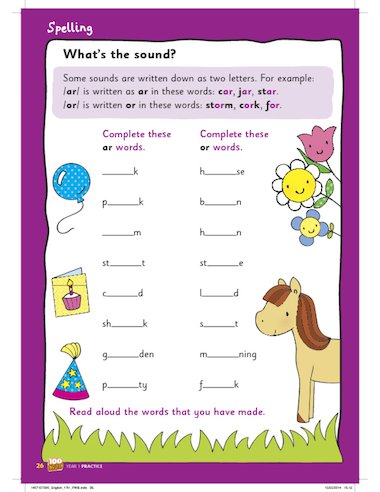Teachers' Resources For Cycle 1home
Curriculum Calendar Explore curriculum resources by date Lesson Planning Articles Timely and inspiring teaching ideas that you can apply in your classroom Solutions Educator Edition Save time lesson planning by exploring our library of educator reviews to over 550,000 open educational resources. Explore more than 777 'The Life Cycle Of A Plant' resources for teachers, parents, and students. Life Cycle Booklets. These informative life cycle booklets from Scholastic's Printables are a great.
- Menstrual Cycle Teacher Resources. Find Menstrual Cycle lesson plans and worksheets. Showing 1 - 30 of 30 resources. Fertility and Infertility For Teachers 11th - 12th.
- Teachers' Resources for cycle 1: Home; Math; English; Powered by Create your own unique website with customizable templates.
The Teaching Cycle
The teaching cycle is from the Wisconsin Model Early Learning Standards and is a continuous cycle of ongoing assessment, planning and curriculum goals, and implementation. Children are observed by the teachers daily in order to help them better plan for their development. The teachers use anecdotal notes, interactions with children and group time, and reviews of children’s work to gain an accurate assessment of a child’s knowledge and skill. This ongoing assessment and gathering of information helps the teachers determine what the child can do and what the child is ready to learn next.
Once individual learning goals are identified, the teachers can decide what should be done to promote development and what they want the children to learn. Individual goals are identified, prioritized and planned for in both the individual lesson plan and group lesson plan. Teachers then provide meaningful activities that support the individual and group goals guided by supportive interactions and relationships. During this phase, the teachers collect information for the next planning phase to write new individual and group goals.
Instructional coaching in EL schools increases the achievement and engagement of every student by bringing out the best performance of every teacher. Coaches use both student-centered and teacher-centered methods to help teachers improve the decisions they make about their instruction.

Coaching Cycles
K 3 Teacher Resources
Instructional coaching in EL schools is focused on evidence of student achievement and engagement connected to the instructional choices of
the teacher. Coaching involves an ongoing cycle of goal-setting, learning, observation and data collection, and reflection. However, the beginning point in this cycle is not the same for every teacher. Some coaching relationships may enter the cycle at the learning stage, while others might enter through data collection or reflection.
- Goal Setting: All instructional coaching involves setting goals. In fact, the very definition of coaching is built on the presence of clear, focused goals related to teacher practice and student achievement. While not necessarily the first step in every coaching relationship, formal coaching cycles should be guided by goals articulated by the teacher and informed by larger school improvement priorities.
- Learning: Instructional coaching must be viewed, first and foremost, as a form of learning. The power of coaching comes through the intentional focus on clearly identified goals specific to each teacher and connected to the school’s larger professional development/EL work plan goals. Teachers learn through school-based professional development, institutes, and practices such as looking at student work, reading and discussing educational texts, observing best practices (e.g. model teaching, peer observation, use of video), co-teaching, and collaborative planning of curriculum, instruction and assessment.
Download this resource to read the full text.
Human Resources Cycle
Resource Downloads

Please log in to access the downloadable resources.
